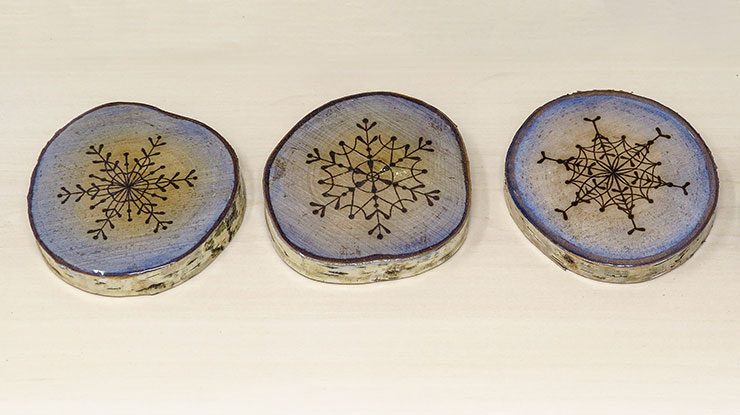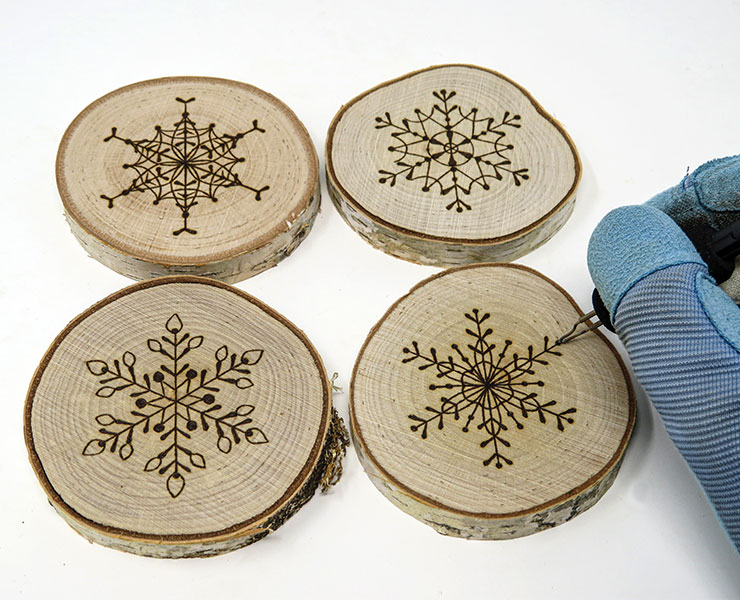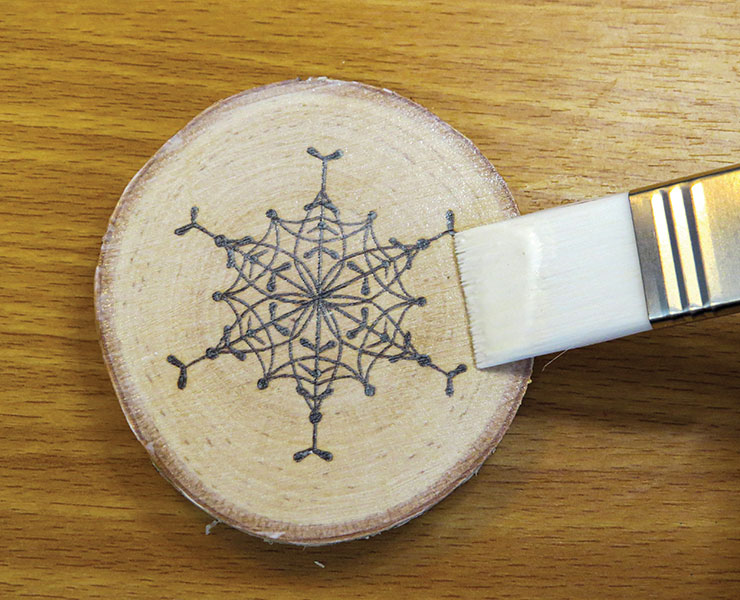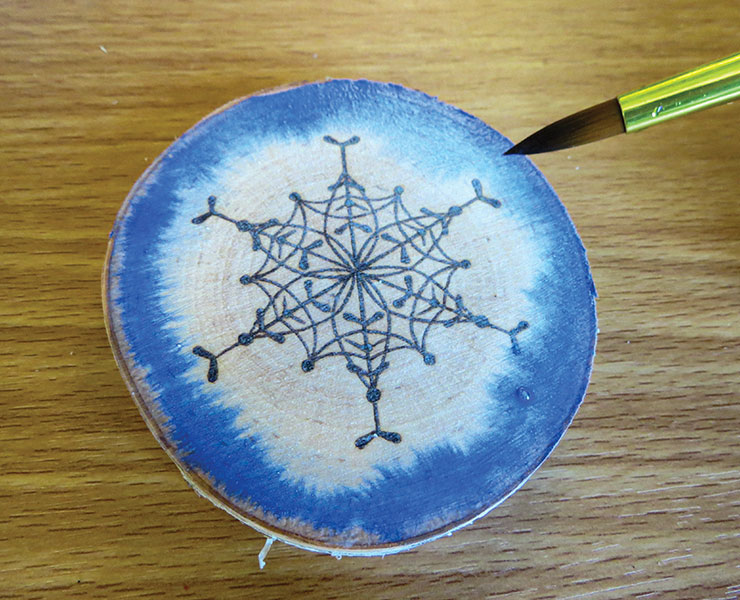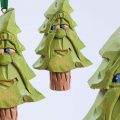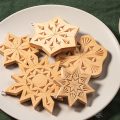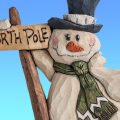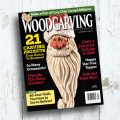Turn your breakfast nook into a winter wonderland with these easy-to-make creations
By Minisa Robinson
These simple snowflake coasters are a perfect beginner project for woodburning on end grain. Birch rounds may be harder than basswood, but they don’t contain a ton of sap like pine, so they are a great middle-of-the-road wood to try. Add paint and coat them with epoxy for a striking, wintry effect.
Getting StartedPre-sand the wood blanks. Start with a rougher-grit sandpaper, such as 120, and work your way up to 400- or 600-grit. Note: Be sure to wear a respirator and eye protection while sanding. Gently wipe the dust off the wood, or remove it with a can of compressed air. Photocopy the patterns, trim them to the size of the wood, and then place in position over the surface of each round. Slip a small piece of graphite paper under the pattern (graphite side down), and tape the pattern and graphite paper to the wood round with some blue painter’s tape. Trace over the pattern guidelines with a red ballpoint pen to transfer the image onto the wood. (A red pen can be easier to see on a black-and-white pattern, so you don’t miss any areas.) As you trace, occasionally lift the pattern and paper to make sure the lines are transferring properly. Remove the patterns and tape. Preheat your woodburning tool. If you’re using a solid-tip burner, use high or maximum heat. If you’re using a wire-tip burner, use a medium heat setting. |
TIPSTrim Your TreeInstead of coasters, attach a metal screw-eye into the top of each piece, and then tie on a ribbon to create festive ornaments. No Pressure!If you press too hard when burning lines, the point can dig into the wood, causing uneven lines or overburn. The burner can sink down in between softer areas of the grain and then rise back up again. This makes lines look narrow in one area but wider in another. |
|
MATERIALS • Unfinished birch rounds, 3-1/2″ (8.9cm)-dia. • Graphite transfer paper • Red pen • Tape: masking or blue painter’s • Sandpaper: assorted grits to 600 • Tack cloth or can of compressed air • Clear gesso • Watercolor paints of choice (optional) • 2-part epoxy (optional) • Paper cups • Glue-on felt pads • Screw eye (optional) • Decorative ribbon (optional) • Wooden sticks |
TOOLS • Woodburner with nib: writing • Paintbrushes • Scissors • Sander: orbital (optional) |
| About the Author |
|
Minisa Robinson, of Rifle, Colo., stumbled across pyrography by accident in 2009 while exploring the art of woodcarving. Since then, she has taught herself to create highly detailed woodburnings, instructional DVDs, books, and instant downloads to teach others the craft as well. Minisa’s goal is to push the limits of pyrography, and she encourages others to view the art in a new light. For more of her work, visit minisapyrography.com or patreon.com/minisa. Her book, Burning Realistic Animals, is available at foxchapelpublishing.com. |
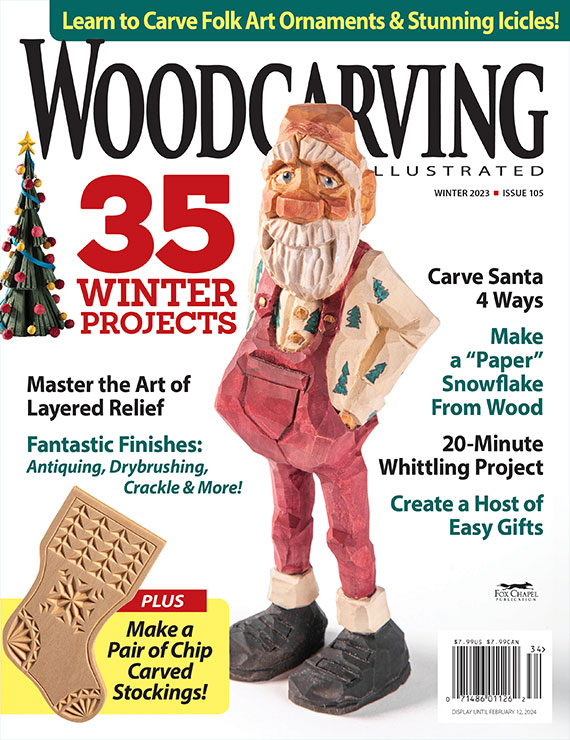 |
Get the Winter 2023 Issue Purchase the IssueFor more articles like this, subscribe to Woodcarving Illustrated magazine. Magazine SubscriptionPlus! Get digital mini magazines in your e-mail between printed issues.
|


